Uber has revealed more details of its flying taxi, which will launch in Dallas, Texas and Los Angeles, California by 2020.
The booking process was shown on a video released by the firm, demonstrating the taxi’s seating for four, propulsion system and ground speed close to 200mph.
After booking a seat in an UberAir vehicle, users head to an 'Uber Skyport', a mini airport-type boarding location for multiple UberAir vehicles, situated atop the roof of local building. Instead of being door-to-door transport for one, users share the vehicle, and are dropped off at a mutually convenient location, and use one of Uber’s planned driverless taxis to reach their final destination.
Uber will also launch flying taxis in Dubai by 2020, the company's chief product officer Jeff Holden announced at the Uber Elevate Summit.
Using small electric VTOL (Vertical Take-off and Landing) aircraft, Uber will charge passengers $1.32 per mile (about £1.03 at current rates).
This price is slightly higher than the cost of booking an UberX cab. The firm says that the cost will reduce over time so much so that'll it'll one day be cheaper to use Uber's flying taxi service than to run a car.
Uber described its plans as enabling “rapid reliable transport between suburbs and cities, and ultimately, within cities”. Daily long-distance commutes in heavily congested urban areas not served by existing infrastructure would likely to be the first to use the aircraft.
More than a dozen companies are working on the project, including vehicle charging station maker Chargepoint, which will develop an exclusive charger for the network of Uber aircraft.
Twice as safe as a car
Uber's electric aircraft, which would be quieter, cheaper and less polluting than its nearest equivalent, the helicopter, would ultimately use autonomous technology, the company says, making it much safer by “significantly reducing operator error”.
Uber envisages VTOL aircraft can be twice as safe as driving a car due to autonomy and distributed electric propulsion (DEP). The use of DEP allows for fixed-wing VTOLs, which wouldn't need large helicopter rotors and generate lift with greater efficiency than rotors.
However, Uber has said: “No vehicle manufacturer to date has yet demonstrated a commercially viable aircraft featuring DEP, so there is real risk here.”


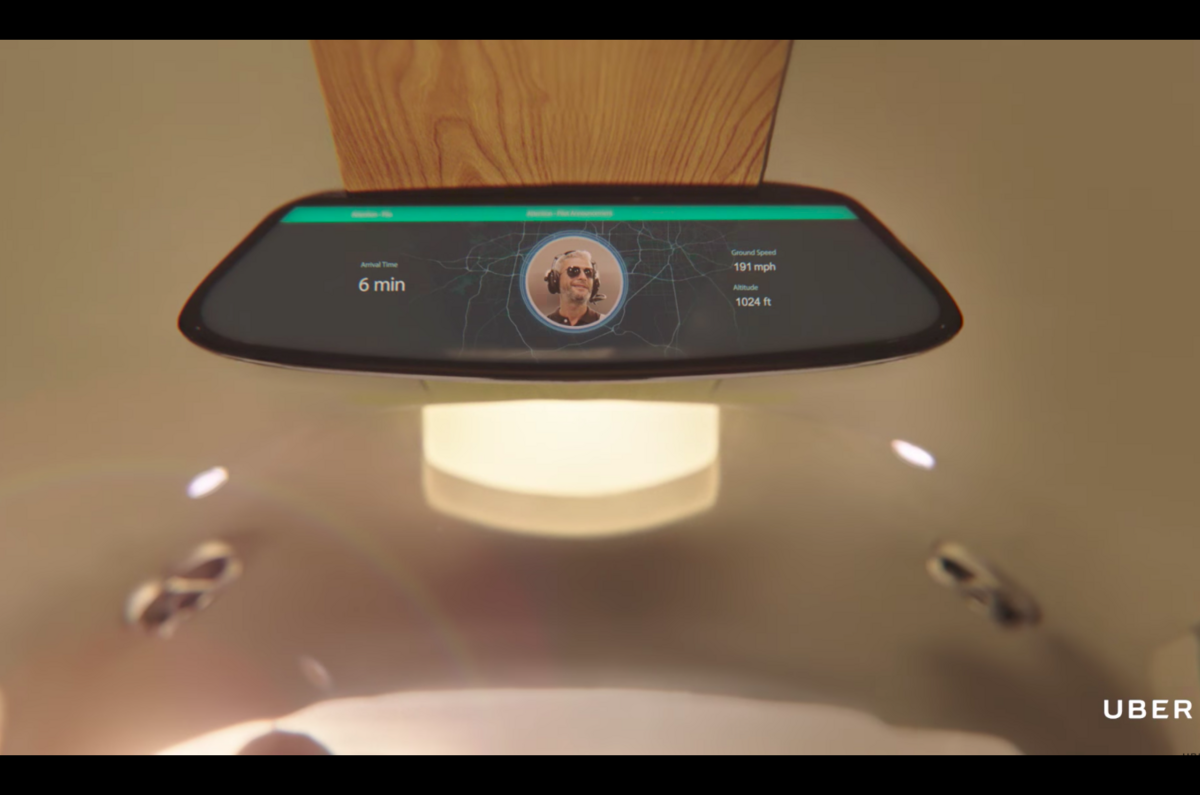
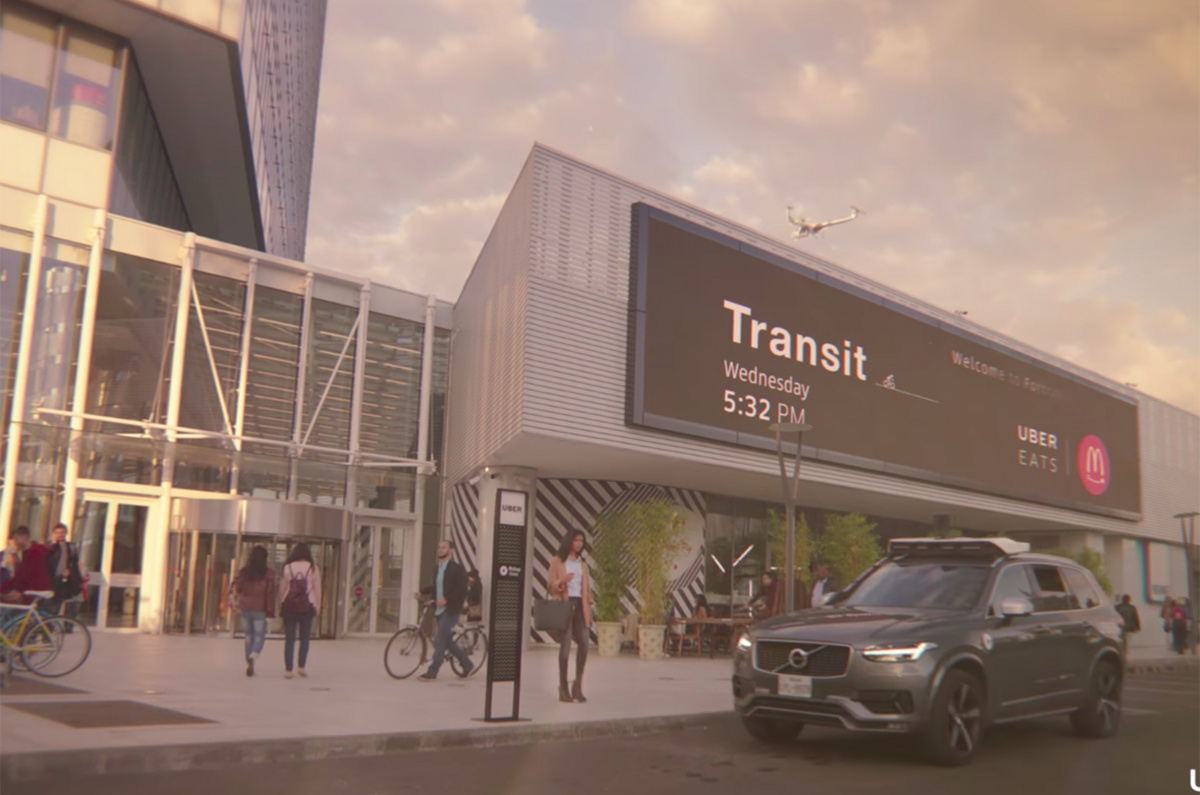
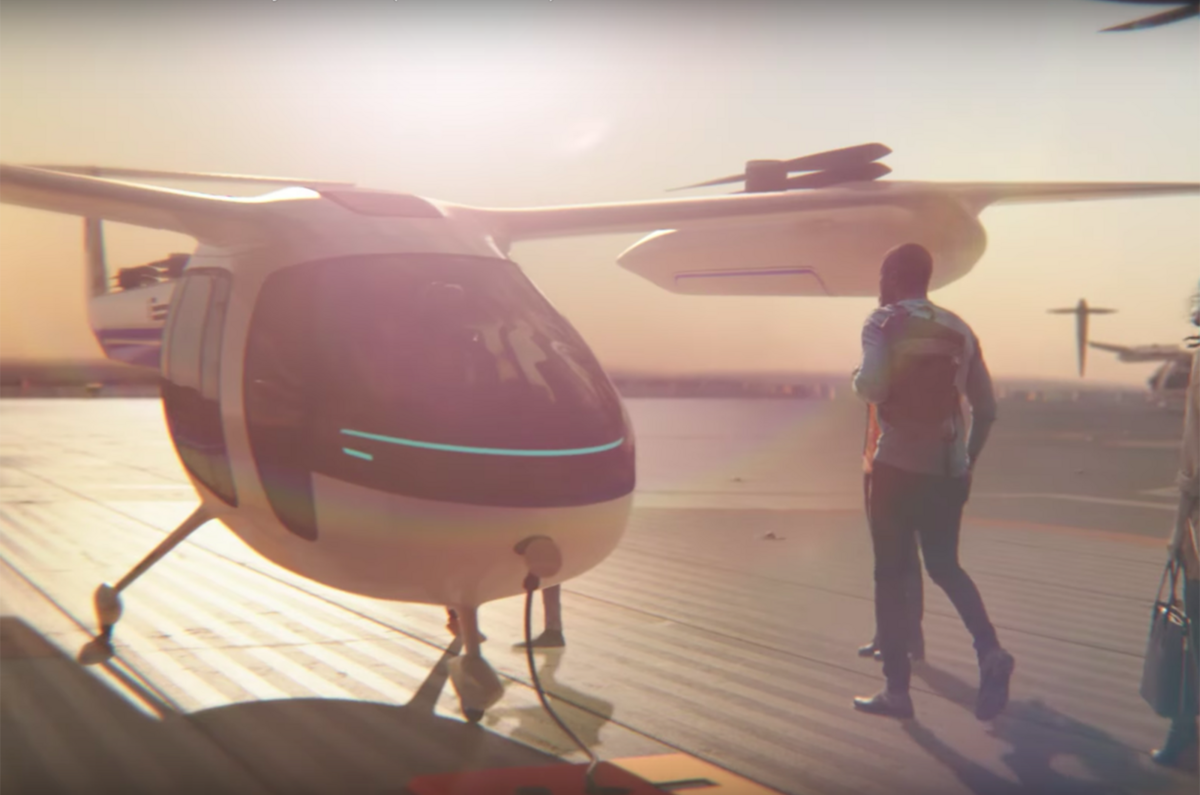

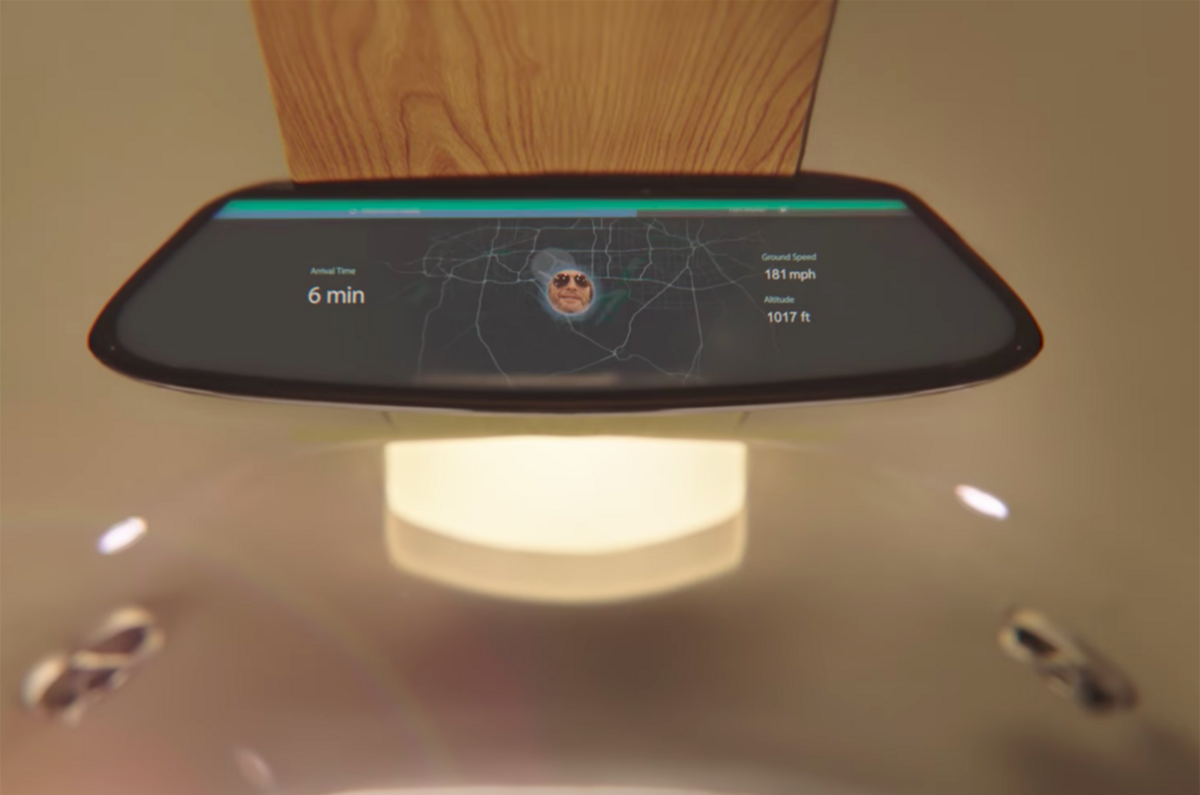
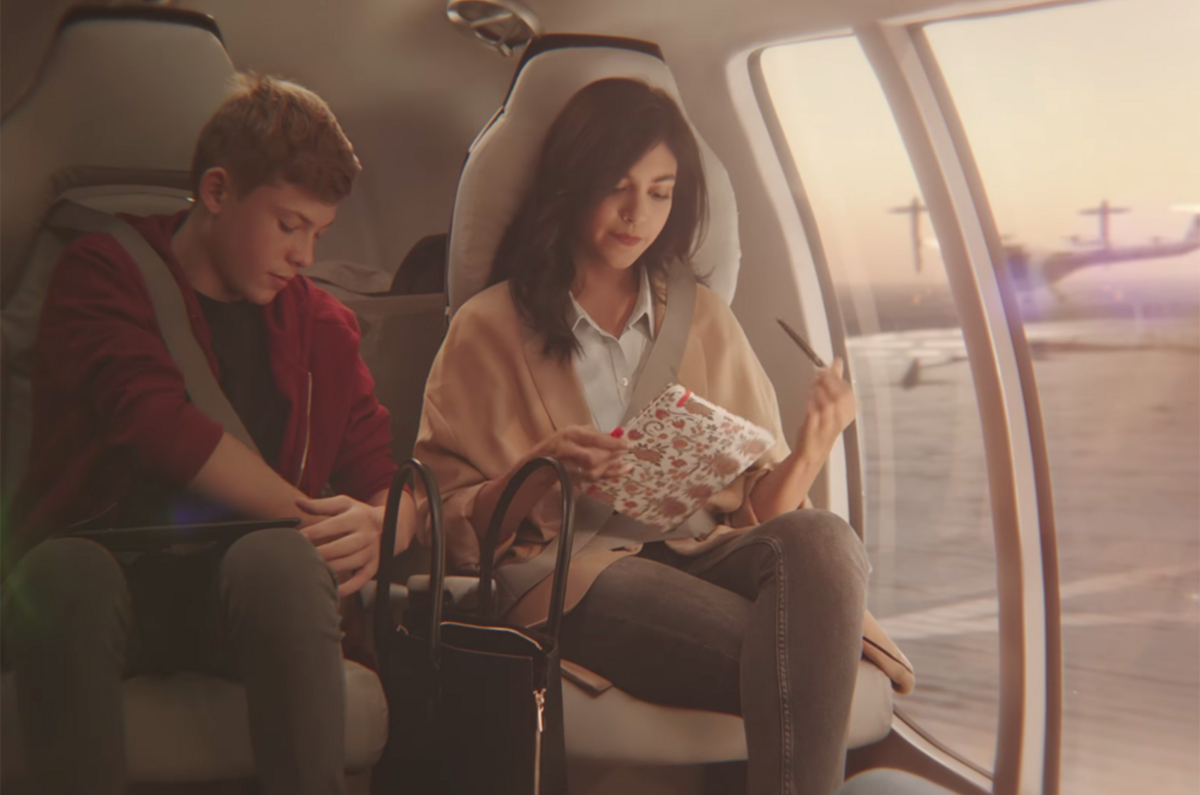
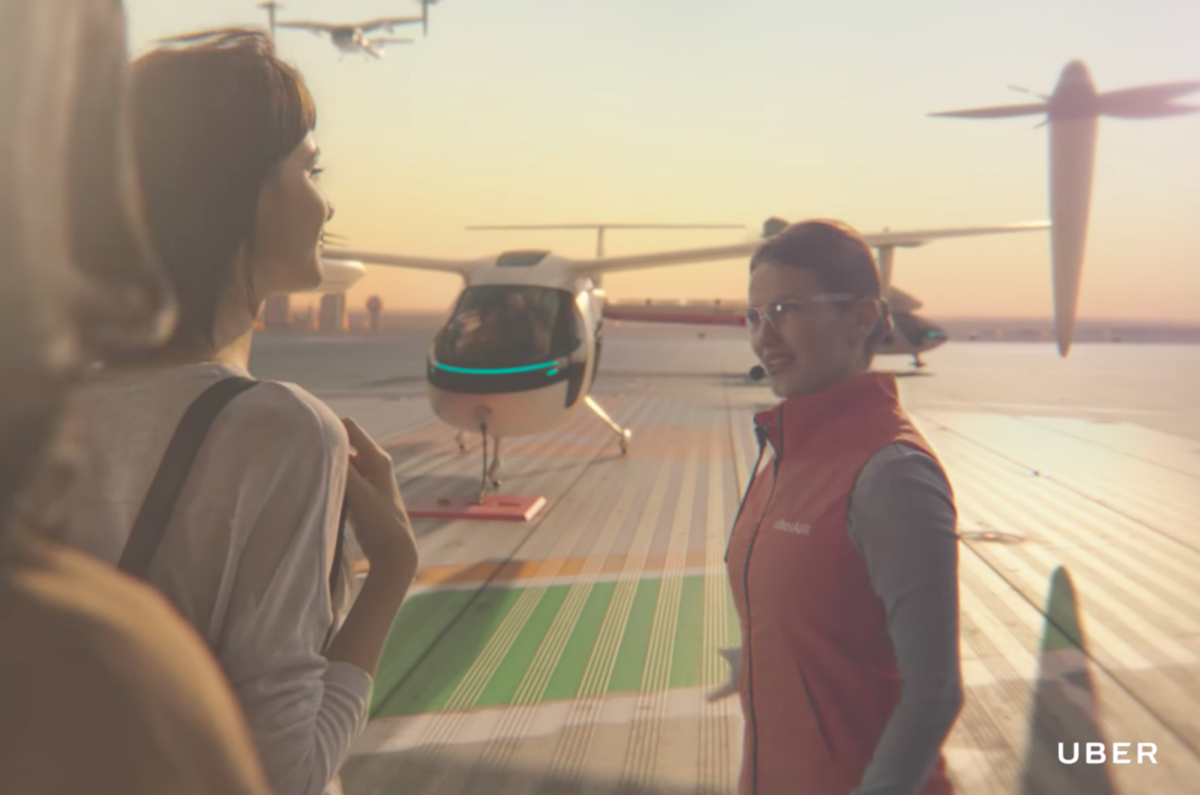
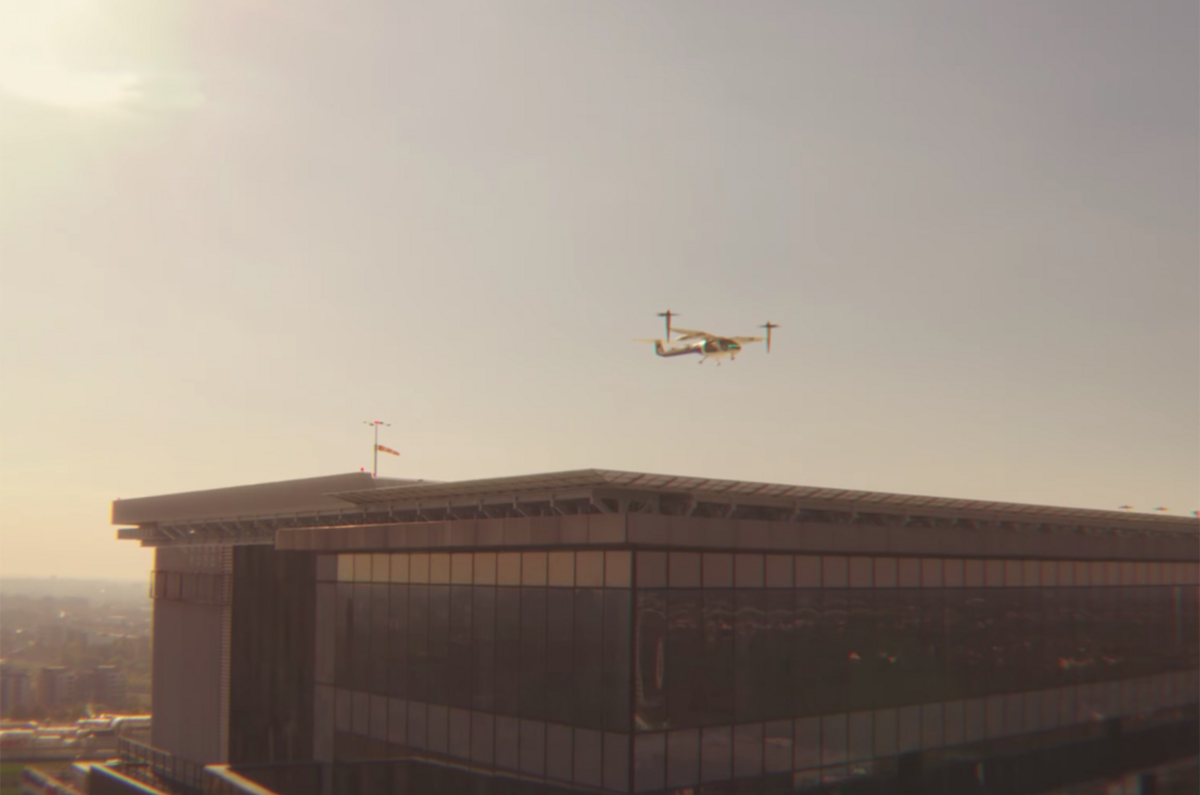
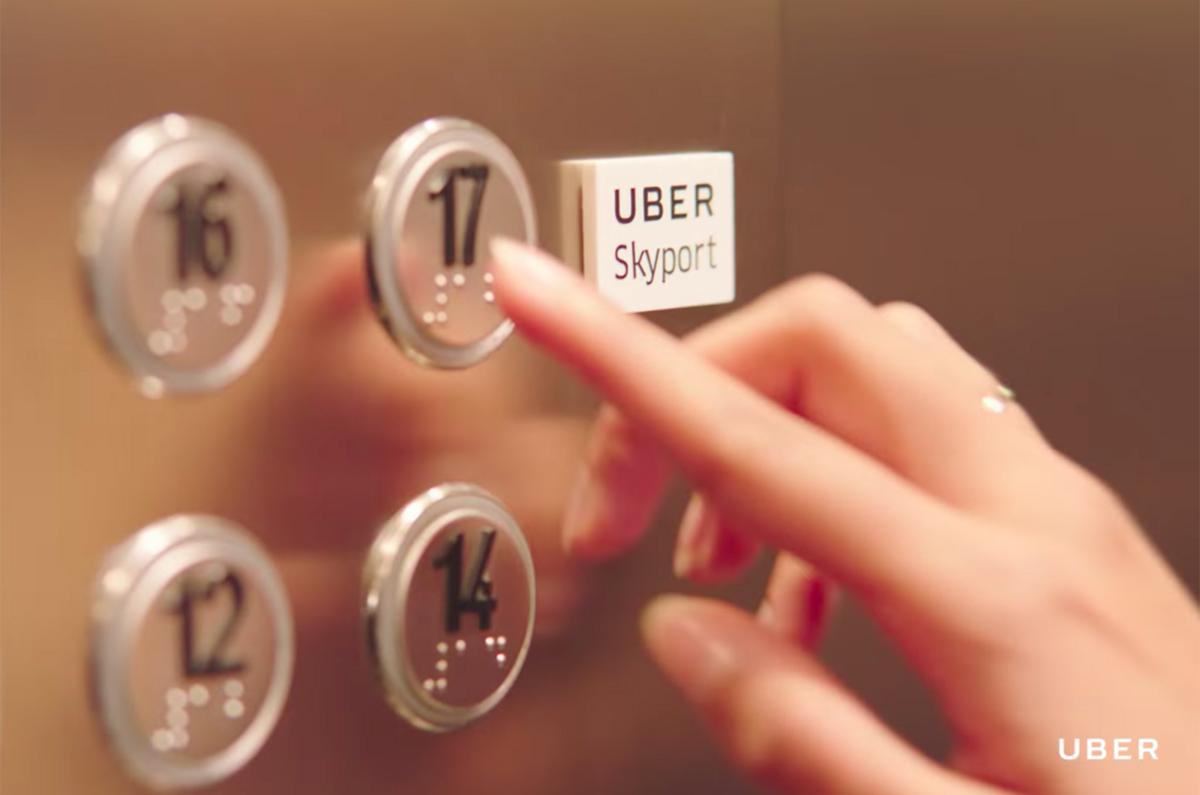
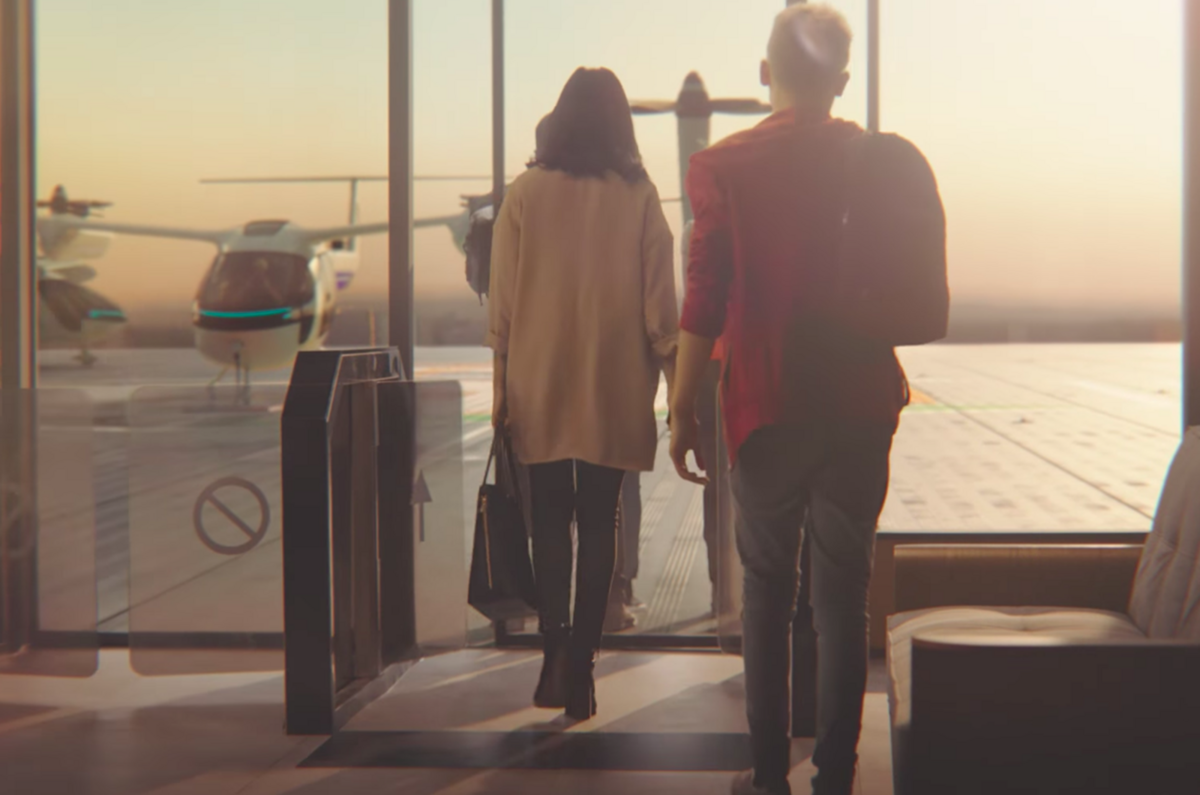
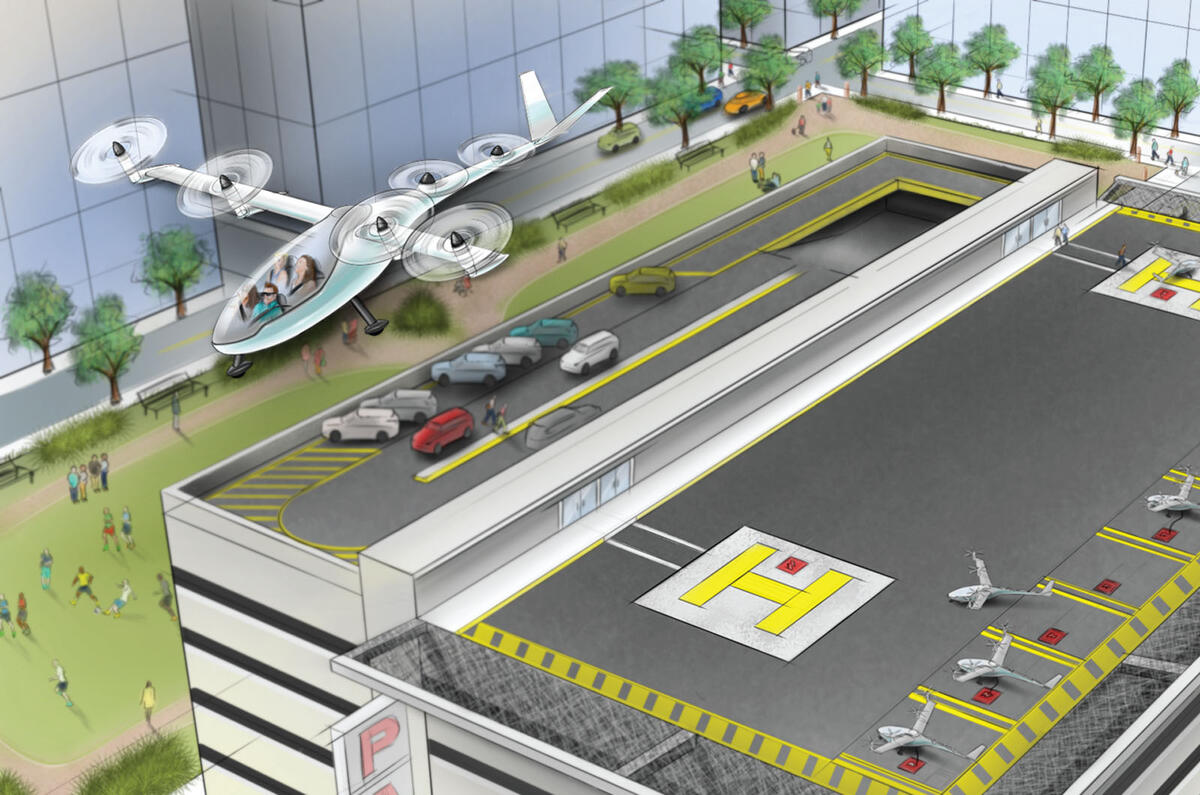
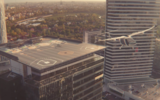
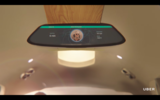
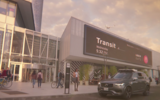
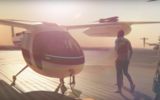
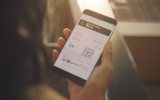


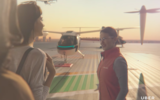
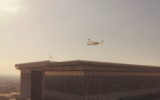






Join the debate
Add your comment
Oh please
let's call it a day on this 3 a day automous rubbish
No Thanks!
No thanks! UBER drivers are quite possibly the worst drivers on the road, i dread to think how bad they will be in flying cars!!
Watch this video on the
https://www.youtube.com/watch?v=d7m6ivDvWNI
If the technology works and can be trialled with minimal regulation and relatively low prototyping costs (the big difference between this and say nuclear technology where you need billions for the prototype and all the same safety permits) then only technical feasibility will hold such a thing back.
In Singapore the first "drone post" is being trialled this year. Once companies including Uber start flying credible demonstrators and carrying out limited trials popular demand for such systems will result in the legislative and infra-structure issues being solved rapidly.
Where such a system will have a problem will be NIMBYism and noise. This will limit its impact in the same way we all have cars but we don't have road everywhere. While I don't think we will run out of sky as with GPS, sensor fusion and sense and avoid passenger craft will be able to operate with rules of the road rather than central air traffic control. It is however likely that flying will be restricted to designated landing and take off spots and also flying around tourist sites will be limited.
London is an interesting example it may be the case that Heathrow and City airports will need to close to allow personal air vehicles to use the airspace over London however that wouldn’t be an issue because those same personal air vehicles could get you to a long haul hub airport at Stanstead in about 30 minutes.